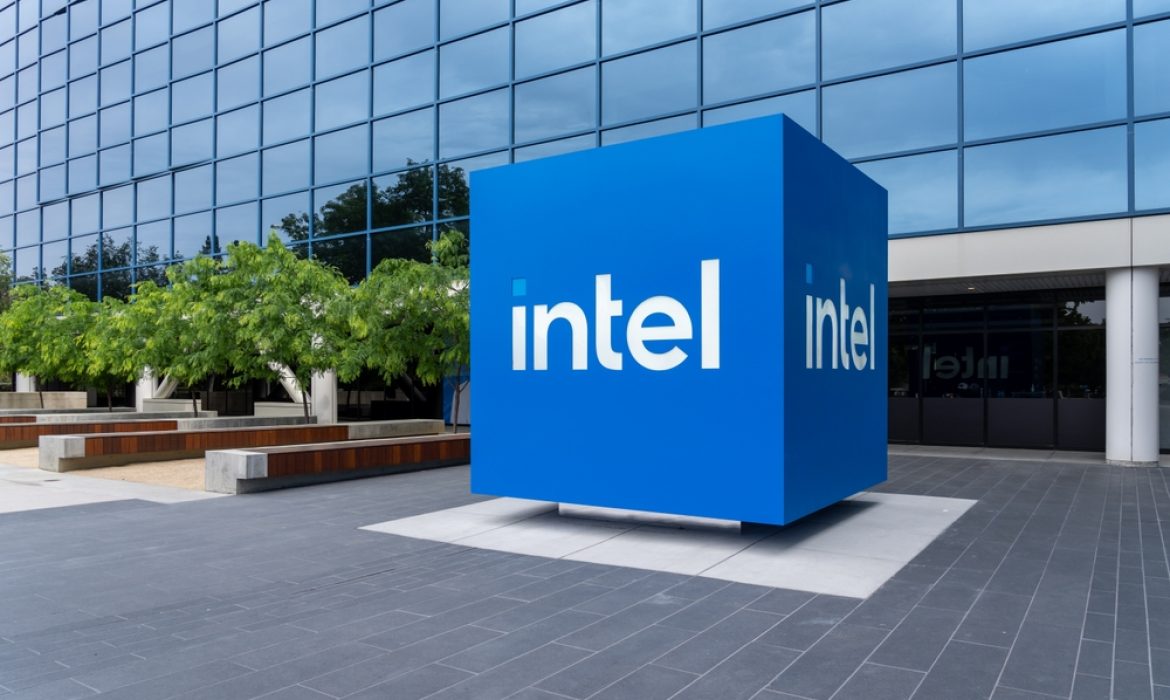Intel Corporation stands to receive a substantial financial injection of up to $8.5 billion from the U.S. government under the CHIPS and Science Act. A tentative agreement struck with the Department of Commerce outlines this monumental investment, aimed at bolstering the chipmaker’s domestic manufacturing capabilities. The allocated funds will be directed towards the expansion of Intel’s U.S. manufacturing facilities, specifically targeting fabs for cutting-edge semiconductor chips designed for applications ranging from artificial intelligence to advanced computing.
This public investment is poised to underpin Intel’s ambitious initiatives across four states, encompassing the construction of two new state-of-the-art logic chip plants and the modernization of an existing facility in Chandler, Arizona. Furthermore, Intel plans to establish two additional facilities in New Albany, Ohio, while also spearheading the modernization efforts at two existing plants in Rio Rancho, New Mexico, and expanding capacity in Hillsboro, Oregon. The $8.5 billion in government funding will supplement Intel’s own hefty commitment of $100 billion earmarked for U.S. manufacturing over the next five years. Additionally, as part of the agreement, Intel retains the option to borrow up to $11 billion from the U.S. government if further capital is required.
The CHIPS and Science Act, signed into law by the Biden administration in 2022, aims to fortify domestic semiconductor research and manufacturing, reducing reliance on Chinese suppliers. This latest investment marks the fourth injection under the CHIPS Act and is the most significant to date. Combining Intel’s substantial commitment with government funding, this initiative ranks among the largest investments announced in U.S. semiconductor manufacturing. Earlier in February, the government also earmarked $1.5 billion in CHIPS Act funding for GlobalFoundries, a division of AMD, to support the construction of new fabs.
Intel’s ambitious projects across the designated regions are projected to yield significant economic benefits, creating an estimated 20,000 construction jobs and 10,000 permanent manufacturing positions. To ensure local communities reap the rewards of these endeavors, the government has allocated $50 million for workforce training and development. However, it’s crucial to note that these terms are contingent on the preliminary agreement, subject to potential revisions by the Commerce Department following due diligence on proposed projects and any subsequent renegotiation.
Source: Engadget
